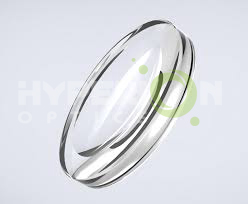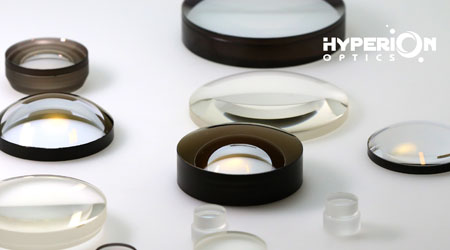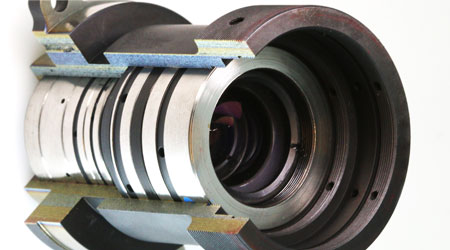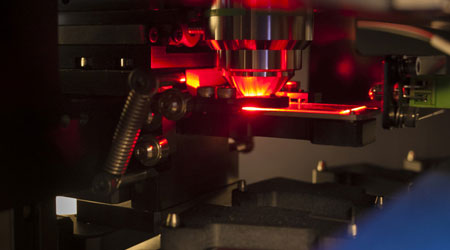The production process of cylindrical lens mainly includes rough grinding, fine grinding, polishing, centering and edging.
Generally, the rough grinding of a small radius cylindrical lens is to glue a square blank to the mold to form a cylindrical body and then process the outer circle to obtain a cylindrical surface. Parts with a thickness equal to or greater than the radius of curvature of the cylindrical surface R are generally rough ground into a whole cylinder, and then grind and polish the excess part after finishing.
The rough grinding of the cylindrical lens can be done with a conventional cylindrical grinder, but if the diameter of the cylindrical lens is small, a centerless grinder should be used.
Generally, when the number of cylindrical lenses produced is small, you can also manually grind the four corners of the square blank on a rough grinder, then install the cylinder on the main shaft of the instrument lathe, and then install it on the lathe tool holder and tilt the horizontal plane. An angled flat iron plate is used to machine the outer circle. Rough grinding of cylindrical lens with a radius of curvature of medium or higher can be shaped by milling.
For the fine grinding of cylindrical lenses with small radius, when the number of products is small, you can still use the manual method of adding instrument lathes. The detail is to replace the fine grinding abrasive. When mass production, the upper and lower flat grinding is generally used. In the method of clamping the separator, the cylinder should be turned around regularly during the fine grinding process to avoid grinding into a cone. Another way to fix the separator is to replace the intermediate mandrel with an outer retaining ring.
For a cylindrical lens with a medium radius, after milling and forming, it is often glued to the mold to form a mirror column for fine grinding. Then install the mirror column on the lathe spindle, and then install the mold on the lathe tool post and add loose abrasives for fine grinding. For concave cylindrical lenses and large-radius cylindrical lenses that are not suitable for gluing into cylinders, they are often glued into mirror discs first, and then fine-grinded with corresponding cylindrical molds on cylindrical machine tools.
The polishing method is similar to fine grinding. Generally, there is a layer of felt with a thickness of 3~5mm on the polishing mold, and the length of the polishing mold is about 1/3 of the length of the cylinder.

 Call us on:
Call us on:  Email us:
Email us:  R&D Center: Aoti Street #68 Building 4A 405 International R&D park, Nanjing
R&D Center: Aoti Street #68 Building 4A 405 International R&D park, Nanjing









 English
English  cn
cn  de
de  es
es  fr
fr 


